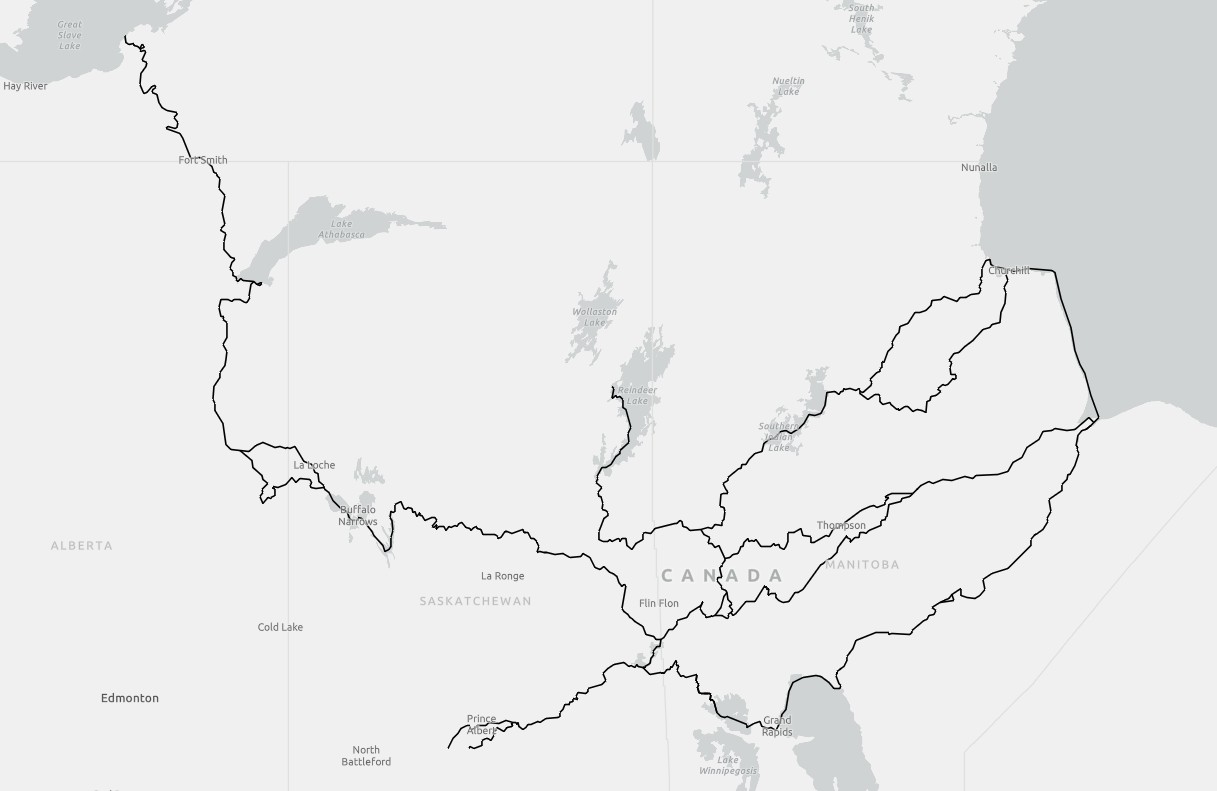The Travels of Malcolm Ross 1774-1799

An artistic rendition of Malcolm Ross
By the 1790s, Ross was in command of interior posts, including time at Cumberland House and other Saskatchewan River establishments, and he became deeply familiar with the complex network of Indigenous trading relationships in the region. He served at Churchill Factory, and by 1799 was stationed in the interior with responsibility for managing trade, dispatches, and river transport. On August 31, 1799, records note him at Churchill Factory. Shortly afterwards, while ascending the Churchill River, he drowned at God’s Falls. The accident was sudden and tragic. News of his death did not reach Hudson’s Bay until later that season, and from there was forwarded to York Factory and ultimately London.
Ross’s death marked the end of a long and steady HBC career that bridged two eras: the Company’s older reliance on coastal forts on the bay, and its hard-fought inland contest with the North West Company. While never one of the flamboyant “explorers” whose names dominate fur trade history, Malcolm Ross represented the backbone of the Company’s service—competent, loyal officers who kept the trade moving, managed posts under trying conditions, and maintained vital relationships with Indigenous trading partners.
Malcolm Ross’s travels were researched from unpublished journal and other records. From the completed research, spatial data was created and is organized into the fields Year, Route, Leg, Departed, Arrived, Origin, and Destination. The data is in ESRI shapefile format and can be acquired HERE.
A Map of the Travels of Malcolm Ross 1774-1799

